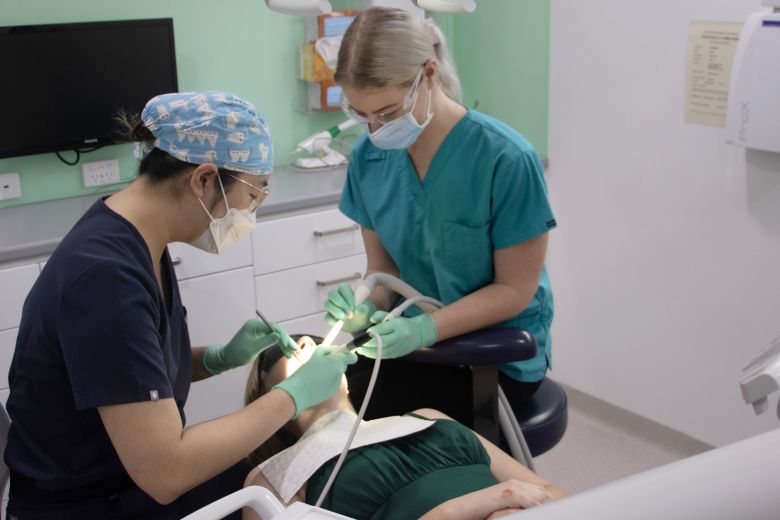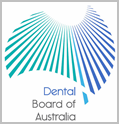
Tooth Extractions
A tooth extraction is a dental procedure in which a tooth is removed from the jawbone. The dentist will use x-rays to identify issues with a tooth and surrounding bone. If a tooth is deemed difficult to extract, you may be referred to an oral surgeon. Simple or relatively easy extraction cases can be done in the dental chair under local anaesthetic.
Why tooth extractions may be necessary
Severe Tooth Decay:
When a tooth is extensively decayed and cannot be effectively restored with dental fillings or crowns, extraction may be necessary to prevent the spread of decay to neighbouring teeth.
Advanced Gum Disease:
If gum disease has progressed to a point where the tooth is wobbly inside the jawbone, extraction may be required to prevent further infection and pain.
Impacted Wisdom Teeth:
Wisdom teeth, or third molars, may become impacted (unable to fully emerge from the gum) and lead to pain, infection, or damage to adjacent teeth, necessitating extraction.
Crowded Teeth:
In cases of severe crowding, where the teeth overlap and create difficulties with cleaning, extraction may be necessary to help improve oral hygiene.
Orthodontic Treatment:
Extraction may be recommended as part of orthodontic planning to address overcrowding and improve the alignment of the remaining teeth.
Fractured or Broken Teeth:
Teeth that are severely fractured or broken beyond repair may need to be extracted to prevent infection and alleviate pain.
Failed Root Canal Treatment:
If a tooth does not respond to or fails to improve after root canal treatment, extraction may be considered to address persistent infection or discomfort.
Impending Infection:
In some cases, if a tooth is at risk of developing a severe infection that could affect the surrounding tissues, extraction may be a preventative measure.
Preparation for Dentures:
Full dentures may require the removal of remaining natural teeth for better denture fit and function.
How teeth are extracted
The process of a tooth extraction involves numbing the area with local anaesthesia to ensure that the patient does not feel any pain during the procedure. The dentist or oral surgeon then uses specialised tools to gently loosen and remove the tooth from its socket.
Gauze will then be placed where the tooth was to allow a blood clot to form. You will be asked to bite gently on the gauze so as to put pressure on the area.
Tooth extraction aftercare
After a tooth extraction, it is important to follow proper aftercare instructions provided by the dentist. This may include taking pain medication, avoiding certain foods, and practicing good oral hygiene.
The local anaesthetic will begin to wear off about an hour after the treatment. Prior to that, it’s important you are careful not to hurt your mouth by accidentally biting the inside of your cheek. We also recommend avoiding hot beverages until the anaesthetic has totally worn off. Your usual pain relief medication can be taken to manage any pain for a few days after the extraction. Some pain and swelling is expected for the first 48 hours and then it should subside. If it gets worse, please contact the dental clinic.
When brushing your teeth, take extra care around the extraction area, and avoid any vigorous rinsing and spitting. After 24 hours, a warm salty mouthwash may be used after eating as a mild antiseptic. The best recipe is 1/2 teaspoon of salt to one cup of warm water.
Eat mainly soft foods until your extraction site has healed sufficiently to resume a normal diet.
While tooth extractions may sound intimidating, they are often a necessary step in maintaining oral health and preventing further complications. Dentists are trained professionals who prioritise patient comfort and safety throughout the procedure.
Avon Valley Dental is your local Northam dentist.
Avon Valley Dental Centre
59 Duke Street, Northam WA 6401

For appointments, information or dental emergencies:




